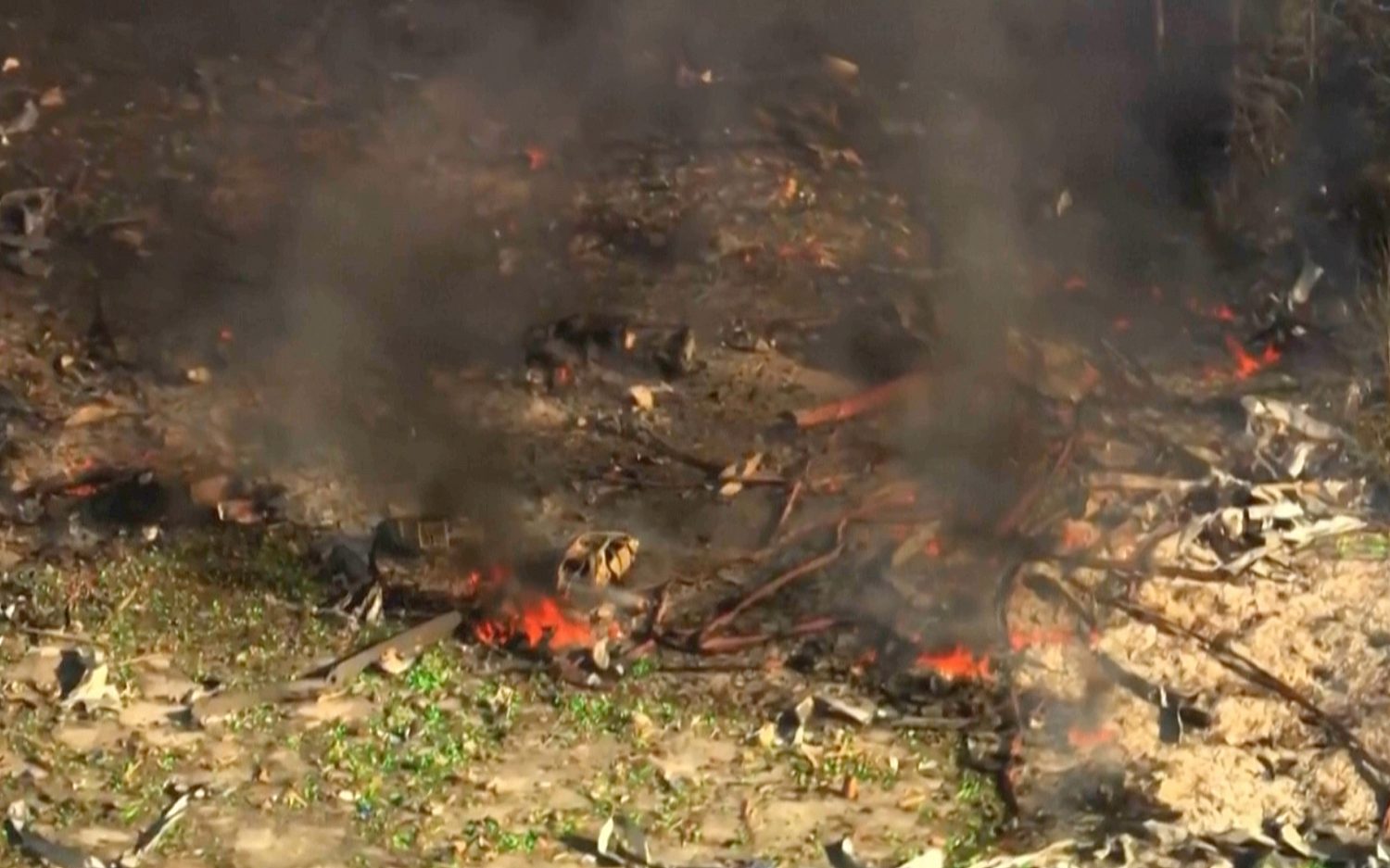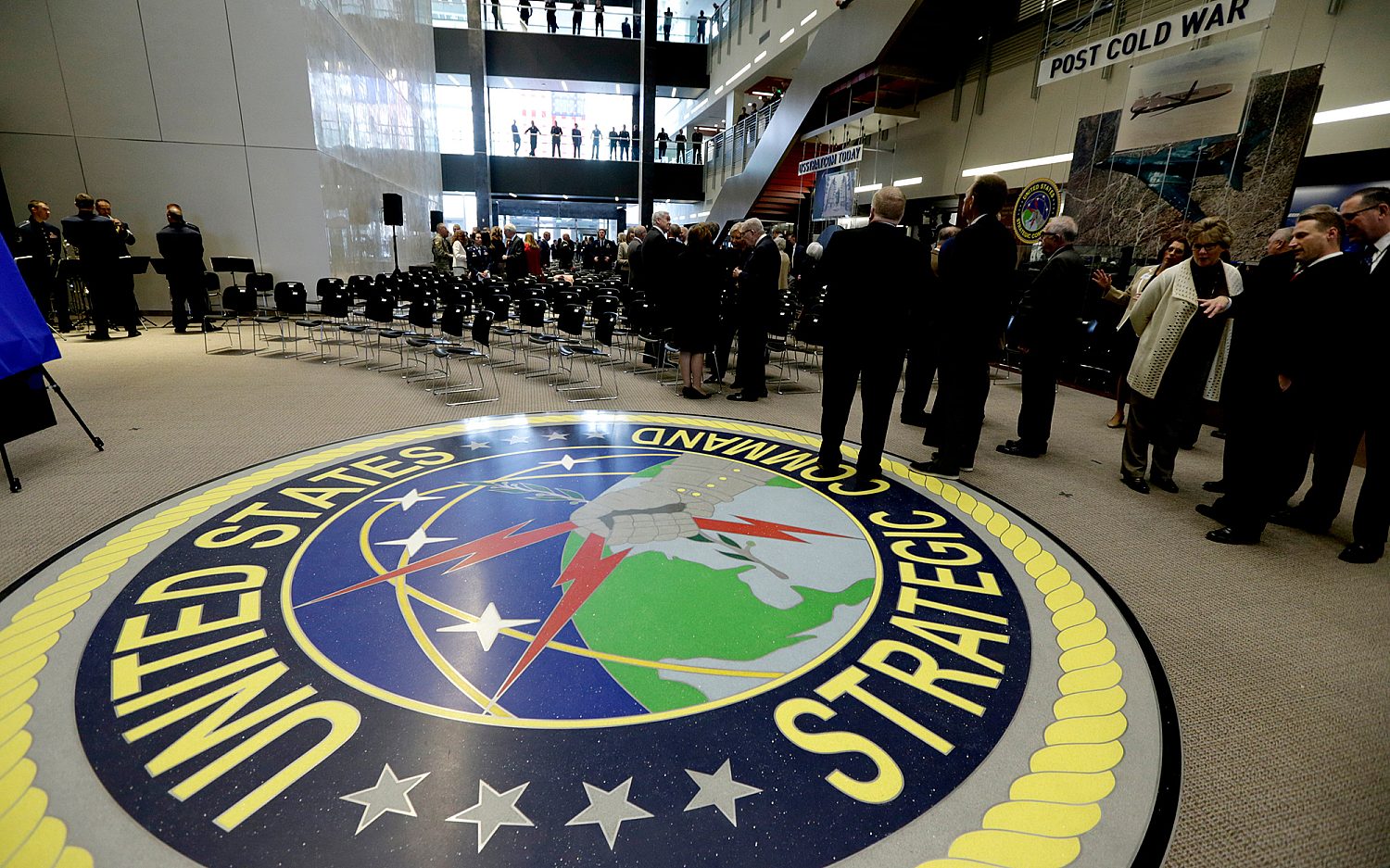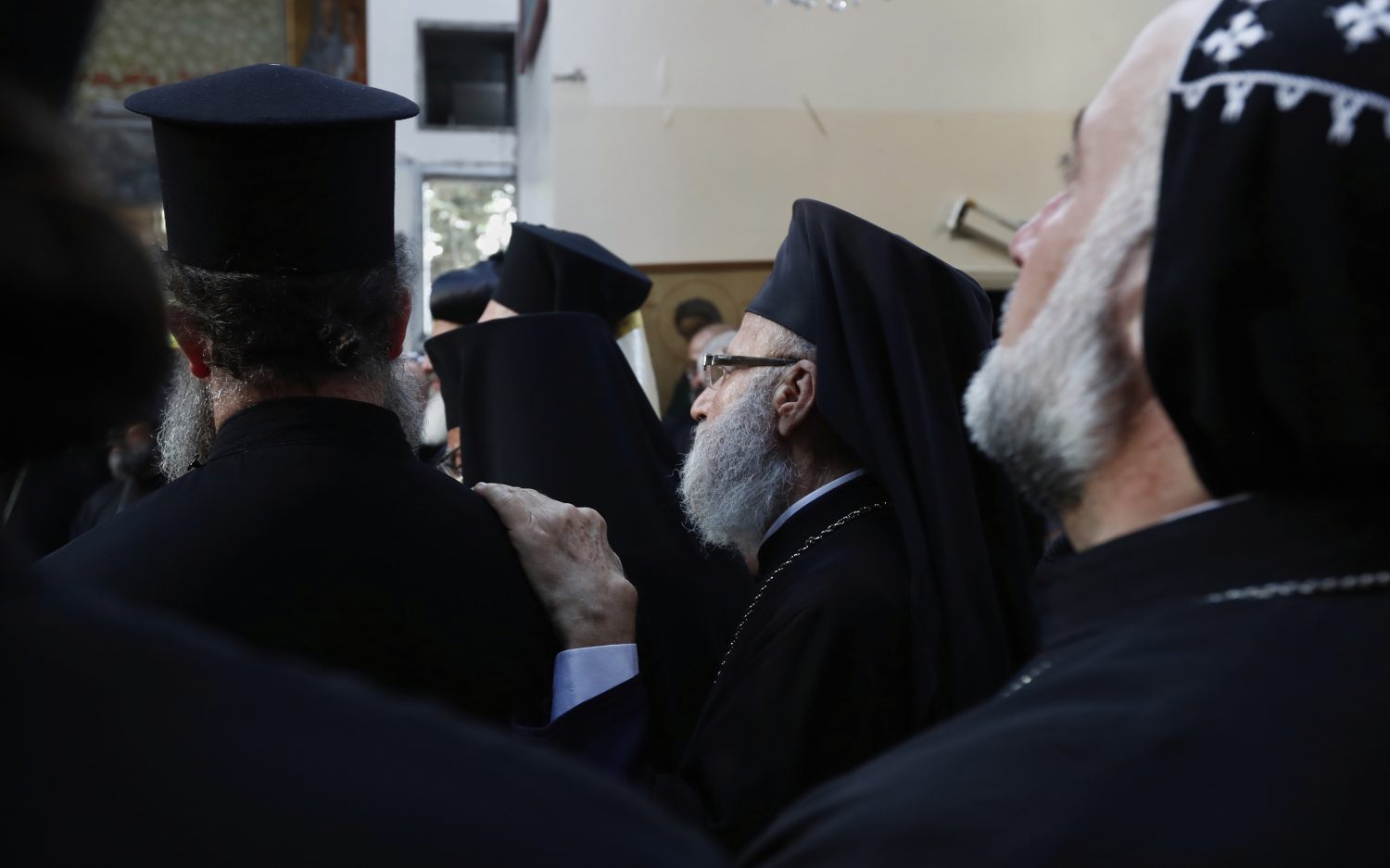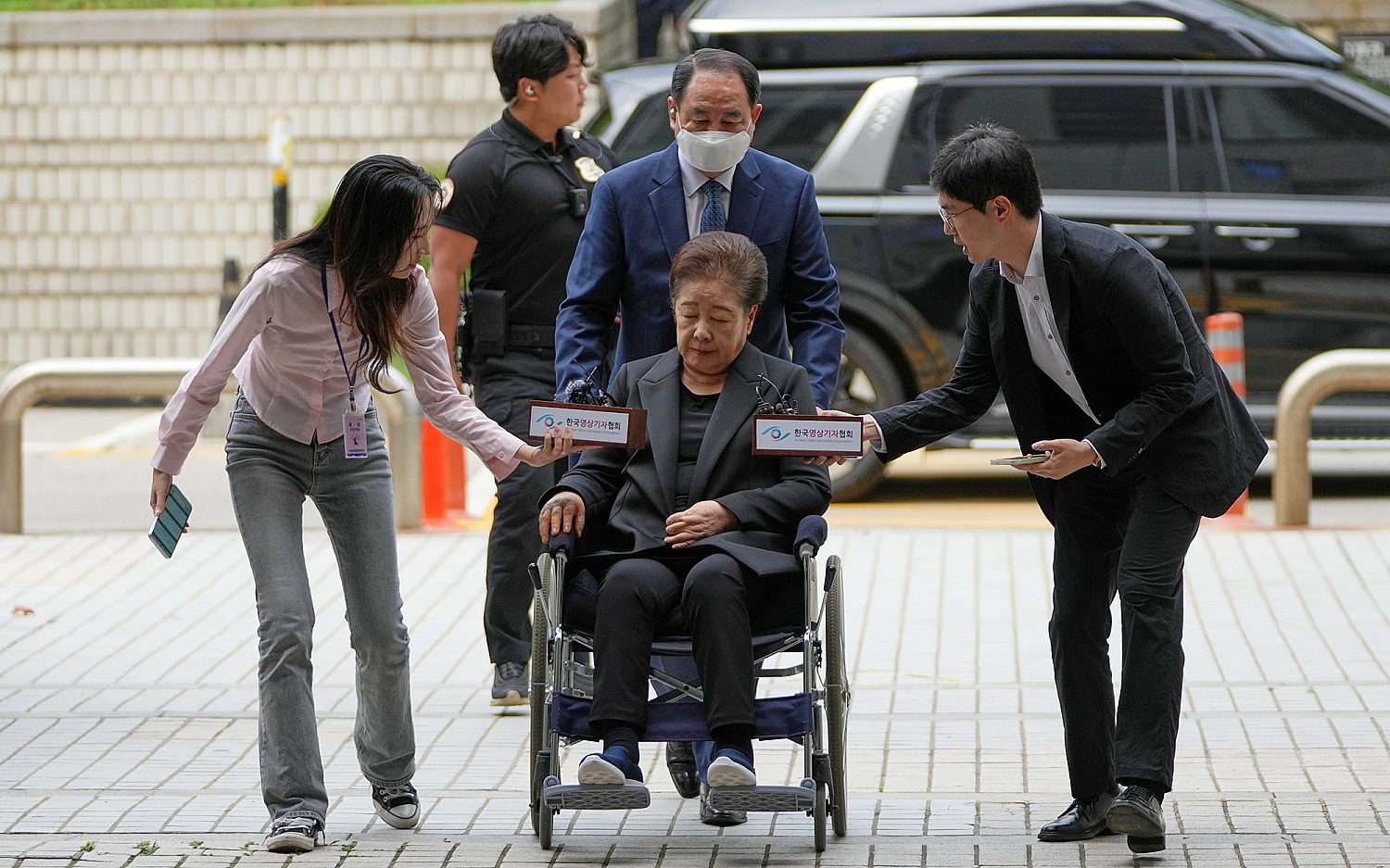Shinzo Abe’s state funeral divides Japan
Akie Abe on Tuesday walked down the center aisle of a funeral venue in Tokyo wearing a black kimono and carrying the ashes of her husband, former Japanese Prime Minister Shinzo Abe. Just outside the venue, thousands of people queued for several blocks to lay flowers in a nearby park in Abe’s honor. Thousands more marched toward the funeral venue banging drums, shouting, and toting banners in protest. Political parties opposed to Abe’s conservative political coalition boycotted the ceremony, which critics have deemed a reminder of how, before World War II, governments used state funerals to fan nationalism.
Why is a state funeral such a big deal? Abe was the nation’s longest-serving prime minister, and prior to his July assassination, he promoted economic and national security policies that many believe elevated the international status of the country. But still, the funeral cost $12 million and state funerals in Japan have been an honor almost exclusively reserved for emperors. Only one other prime minister, Shigeru Yoshida, has received a state funeral since the end of WWII. Japanese newspaper Mainichi reported that 53 percent of Japanese residents opposed giving Shinzo Abe a funeral, while only 30 percent supported it. Many in Japan have criticized Abe’s—and his Liberal Democratic Party’s—connections to the Unification Church. Current Prime Minister Fumio Kishida approved the funeral without any parliamentary debate or approval.
Dig deeper: Listen to my report on The World and Everything in It podcast about the death and legacy of Shinzo Abe.
An actual newsletter worth subscribing to instead of just a collection of links. —Adam
Sign up to receive The Sift email newsletter each weekday morning for the latest headlines from WORLD’s breaking news team.





Please wait while we load the latest comments...
Comments
Please register, subscribe, or log in to comment on this article.